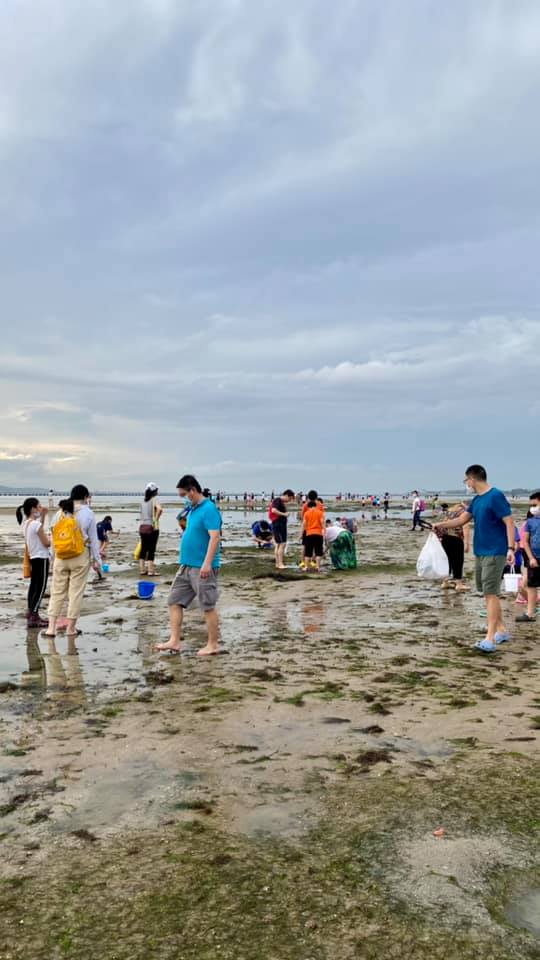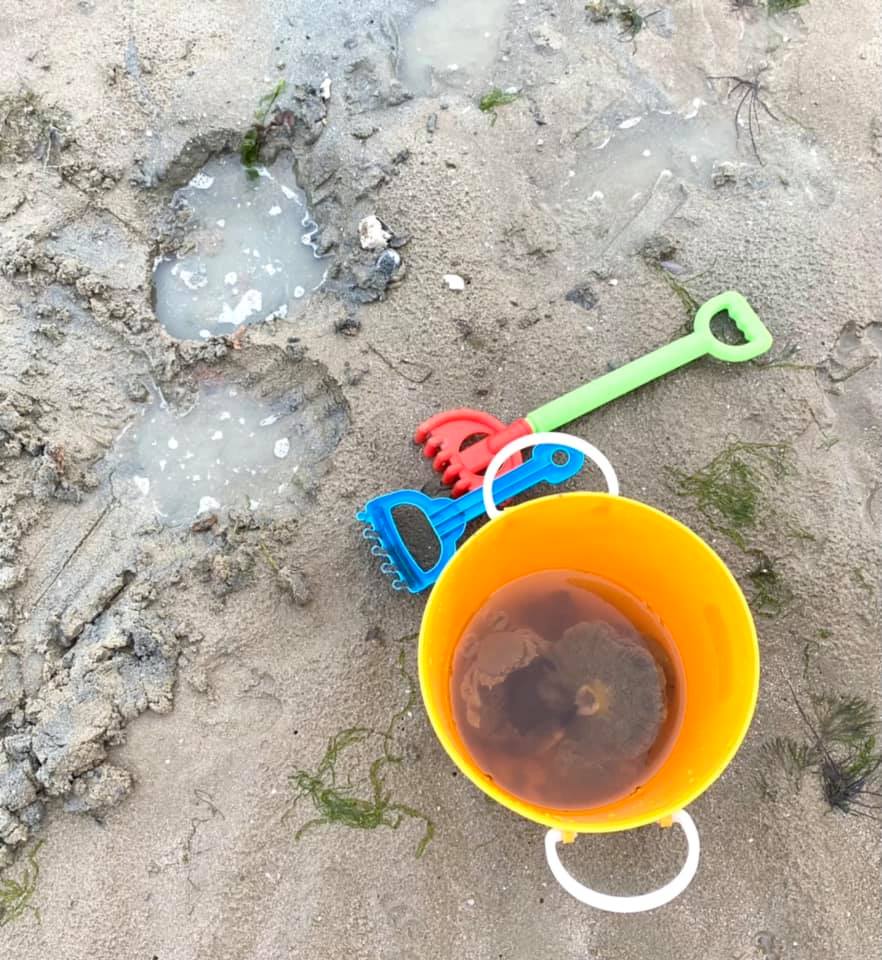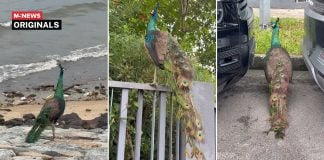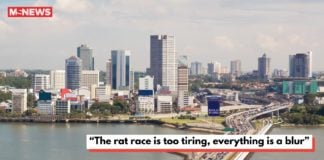NParks Warns Of Detrimental Effects Digging For Sealife At Changi Beach
On Sunday (13 Jun), Changi Beach was packed with groups of people digging and collecting crabs and other marine wildlife.
Crowds Dig Up Sealife At Changi Beach, Netizens Hope Marine Life Can Be Left Alone
This alarmed other beachgoers, who were concerned over the legality of such practices.
On Tuesday (15 Jun), the National Parks Board (NParks) said that invertebrates are currently not protected under the Wildlife Act.
Changi Beach also does not fall under the Parks and Trees Act prohibiting such collections.
However, NParks said it’ll step up education efforts and patrols to advise the public to care for wildlife at intertidal areas.
NParks concerned at collection of sealife at Changi Beach
Group Director of the National Biodiversity Centre at NParks Ryan Lee noted concern at the large number of visitors at Changi Beach during the weekend as well as their collecting crabs and other invertebrates.
He guessed that the high number of visitors could’ve been due to the intertidal period coinciding with the school break over the weekend.
That aside, Changi Beach’s intertidal area isn’t protected under the Parks and Trees Act, which prohibits collecting sealife as well as flora and fauna in nature reserves and parks.
NParks will step up outreach and patrols
In hopes of getting the public to help take care of natural habitats and biodiversity, NParks will step up outreach efforts.
The public will be educated on care for sensitive marine life in intertidal areas.
There’ll be more signs put up as well as stepped-up patrols by staff as well as nature groups and other volunteers.
Touching, collecting or trampling on marine wildlife in natural habitats can be damaging to ecosystems and biodiversity.
Lastly, NParks urged all visitors to be socially responsible and keep spaces safe for everyone.
Take care of natural spaces
Singapore is largely a concrete jungle and our natural spaces are limited as a result.
Despite this, there’s a lot of wildlife thriving in them.
The last thing we want to do is to cause these wildlife and sealife to die out because of our careless or selfish actions.
With increased visitorship to these locations, we hope that the public will take care of the places they visit and refrain from disrupting the ecosystems there.
Have news you must share? Get in touch with us via email at hello@mustsharenews.com.
Featured image adapted from Facebook.










